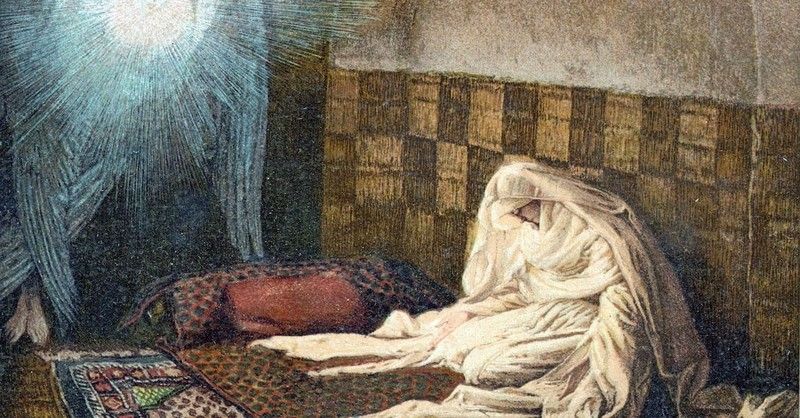
The Annunciation of Mary
The Gospel of Luke begins with Joseph and Mary enjoying their one-year engagement period. It does not state if the engagement period had just begun or was nearing the end. Scripture tells us that Mary was alone in the home of her family. This home has been enshrined in the city of Nazareth by the Church of the Annunciation. Joseph would have normally been at work during the day. However, a notation by the apostle John in the Book of Revelation seems to strongly suggest that the annunciation or conception took place on the High Holy Jewish Feast of Rosh Hashanah and here's why (Revelation 12:1). This exact same vision that John saw in the sky actually appeared in the Judean skies on September 12, 3 B.C. We can know this for certain as this astronomical event can be viewed today using computer software. Then, 9 months later on June 17th, 2 B.C., Jupiter conjoined with Venus to create the Star of Bethlehem which heralded the birth of Jesus. Because John saw the sign of Virgo, or virgin with a new moon at her feet in the month of September 3 B.C., this would indicate that this conception event occurred during the Fall Feast of Yom Kipper. And, this feast is the highest most Holy Day of the Jews. Thus, Jewish law required all healthy Jewish males living a reasonable distance from Jerusalem to attend this feast. So, Joseph was most probably in Jerusalem when the angel Gabriel met with Mary in Nazareth (Luke 1:26-38).
Yom Kipper is one of three Fall feasts that occur in quick succession. The first is the Feast of Trumpets which literally announces the harvest time of fall crops but prophetically it serves as a shadow of the rapture and harvest of the righteous in Christ. The second feast is the Feast of Yom Kipper, the High Holy Day when literally the Jews pray to be spared from death for another year. But prophetically, it serves as a shadow of the tribulation period during which two thirds of the world’s Jewish population will be killed. And the third feast is the Feast of Tabernacles or Booths, when literally the Jew wandered in the wilderness for 40 years as punishment for their lack of faith in God. But prophetically, it serves as a shadow of the Second Coming of Christ when God once again lives with mankind as he did in the wilderness with the Jews.
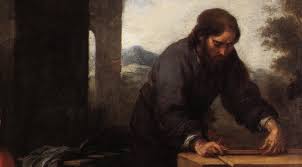
Scripture tells us that Joseph worked with his hands. This same word is used in the Talmud to express a learned accomplished man, wise in the Torah, a skilled artisan. We can assume then that Joseph worked with wood, stone and or metal as a craftsman. This type of trade would keep him constantly employed both building and repairing objects and structures. Because he lived in Nazareth, scholars believe that he may very well have been employed to help rebuild the nearby city of Sepphoris which is located only 3.5 miles directly north of Nazareth.
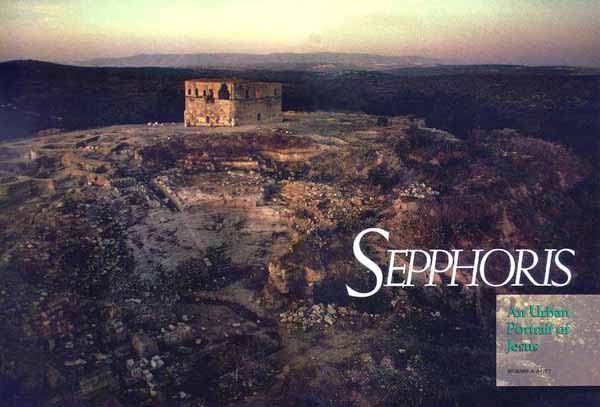
Sepphoris was the capitol of Galilee but was destroyed by Rome during a rebellion in 4 B.C. with the population was being either crucified or sold as slaves. However, Herod Antipas, the son of Herod the Great, decided to fund an enormous restoration of the city. This in turn provided jobs for many craftsmen in the surrounding area and possibly including the employment of Joseph and Jesus. In fact, after the Romans destroyed Jerusalem in 70A.D., the Sanhedrin moved to Sepphoris and continued to meet. Joseph and Jesus may have also been employed to work on Herod’s summer palace, a Mediterranean seaside resort in the city of Caesarea located sixty miles west of Nazareth. Approximately ninety percent of Jews in the first century were farmers and owning land was a status symbol. A tradesman would have been of lower ranking than a land-owning farmer or a merchant but above the status of a sharecropper.
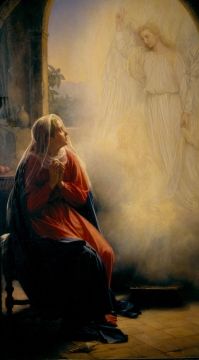
Mary, in her early teens, was probably performing household chores alone in her parents’ home in the fall of 3B.C. when she suddenly saw a man or the Angel Gabriel standing in the room (Luke 1:26-28). The angel would have been careful to meet with Mary in private as her talking with a stranger in public would have caused a great scandal in the small and very conservative village of Nazareth. The Bible only gives us the name of three angels: Gabriel, God’s messenger, Michael, the guardian angel of Judea, and Lucifer, the accuser of mankind and the most powerful and perfect spiritual being ever created by God.
Mary was understandably startled and afraid at the sudden appearance of the man (Luke 1:29-30). The angel spoke to her in a calm voice informing her that she was, “...highly favored” not full of grace and “among” not above or below the available women in Judea at this appointed time. He went on to say, “The Lord is with you” meaning right now at this very moment in time, God is ready to perform a miracle through you if you freely chose to accept the responsibility. She was offered the honor of being the mother of the long awaited Messiah, King of Israel. This possibility had been the ultimate dream of every woman in Judea since the time of Abraham some two thousand years earlier. However, he made it clear that Mary had a choice (Luke 1:38). She could accept the offer or refuse it. Mary wanted to accept the offer, but she foresaw a problem. How could she become pregnant and give birth to a child when she was not married and still a virgin? (Luke 1:34)
The word used in Hebrew for virgin is alma. While there are three other words that can be used for the term young girl, Isaiah was led by the Holy Spirit to write the word alma. The prophet Isaiah wrote that, “…the LORD himself shall give you a sign; Behold, a virgin shall conceive.” (Isaiah 7:14) Jewish scholars have long attempted to corrupt the translation of the word alma to mean a young girl. But the obvious problem with this interpretation of the word alma is that a young girl giving birth is no remarkable “sign” from God. This event happens every day of every week. No, the word alma in this particular case means virgin and Mary was that virgin Isaiah was speaking of.
Jewish scholars believe that the Messiah will be in the image of David. Please see related: What Did Jesus Look Like?" And because David was not virgin born, their Messiah will not be virgin born. The point they continue to miss is that what is concealed in the Old Testament is revealed in the New Testament. The Old Testament is an important prophetic collection of shadows, types and examples of real prophesied future events. David was a shadow and Jesus was the actual prophesied event. Thus, His birth was superior to David’s in many ways. For example, David was born in sin but Jesus was not. The word Melchizedek was the title of Shem, the son of Noah who served as the King Priest of the ancient city of Salem. This would be the city David would choose as his capital and rename it Jeru-Salem or city of peace. Jesus is the actual King Priest of Salem or shalom which means peace.
Jewish scholars refuse to consider these issues in good faith concerning Jesus because it will only lead to the conclusion that the Jewish authorities in 33A.D. made a catastrophic mistake by colluding with Rome to have their Messiah killed. This would be too heavy a burden to bear, and leave the continuation of the Jewish religion on non-existing theological grounds. In other words, if Jesus was the Messiah, satisfied the Old Testaments Messianic prophecies, made the Jewish laws and traditions obsolete by fulfilling the Law, and then established a new more perfect Covenant based on faith in God plus nothing else, then what purpose does the Jewish religion serve? It would have been made obsolete with no reason to continue. Like the shell of a nut that has produced a tree, the shell was very important in the process, but has now served its purpose and is of no value.
Mary continued to wonder why God would not make this offer before the wedding and not after it. Why not just wait until after the marriage and Joseph could father her child? Gabriel explained that this particular child would need to be conceived through the power of the Holy Spirit (Luke 1:35). Mary was now even more confused just as the Jewish scholars remain confused. King David, the biological son of Jessie was conceived in the usual way so why was her child to be conceived in this supernatural way? Still, this was the offer being made and she was given the opportunity to freely accept it on faith or reject it all together. Mary apparently decided that God was behind this event. Because she found the idea of being the mother of the Messiah, the King of Israel irresistible, and because she was obedient to God, she accepted the offer (Luke 1:37-38).
The Angel understood that Mary was apprehensive as to the authenticity of their conversation and it would be easy for her to see the visitation as just a hallucination or dream. So, he closed his visit by informing her that her older and barren blood relative Elizabeth was now six months pregnant (Luke 1: 36). Then, as suddenly as he had appeared, he vanished (Luke 1: 38).
Mary waited both with excitement and perhaps some apprehension for Joseph to return to his family’s home located directly across the road. If Joseph was in Jerusalem attending the three feasts of Rosh Hashanah, she would need to wait three weeks for his return. The three feasts lasted two weeks and then there was the four day walk from Jerusalem back to Nazareth with other men from the village.
Scripture tells us that Mary is to be respected as she found favor in the eyes of God and was the mother of Jesus the Son of God. However, Mary, like all people is a created being and as such is not to be worshipped, venerated or prayed to. Only God is to be worshipped.
Elizabeth was the wife of the Temple priest Zachariah and the mother of John the Baptizer. A person could only become a priest if they were from the tribe of the Levites. The mortal temporary Levitical priesthood was only a shadow of the eternal High Priesthood of Christ who now serves as Hight Priest on behalf of all mankind. The King James Version translates the word syngeneic to mean “cousin”. But in the Greek it simply means a blood relative. Therefore, all we can say for sure is that Mary and Elizabeth were close relatives but were from two different tribes.
Elizabeth’s father was from the tribe of the Levites. The tribal affiliation of a child is always aligned with the father’s tribe. Mary’s father was from the tribe of Judah as was Joseph’s father. Thus, Jesus was full blooded Judean known as the king tribe, while John the Baptist was a Levite known as the priestly tribe. This means that Jesus and John were close blood relatives, yet represented the civil and spiritual sides of Israel. It also means that John was literally the last Old Testament prophet from the Levitical Priesthood. He was figuratively the return of the raptured prophet Elijah in that he had the privilege of announcing the arrival of the Messiah. And prophetically, because the Jews rejected Jesus as Messiah, now the actual Elijah will return to earth 3.5 years before the Second Coming of Christ as one of the two witnesses in the Book of Revelation (Revelation 11:1-14). Isaiah prophesied John as, “a voice crying” or announcing the arrival of Messiah “in the spiritual wilderness” that Judea had become (Isaiah 40:3-4; Malachi 3:1, *4:5-6; Mishnah (Eoduyot 8:7). Please see related: "The Transfiguration".
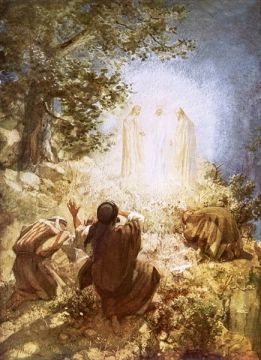
Elijah and Moses, as the two witnesses of Revelation, will evangelize Israel for 3.5 years then be murdered by the antichrist. Their bodies will remain on public display for three days in the streets of Jerusalem. Then on the third day, they will both be resurrected and raptured into heaven. This final rapture may possibly include the righteous who were killed during the tribulation. This would mean that all dead righteous believers would now be present at the Marriage and Supper of the Lamb in Heaven. And this would help explain the idea of a post tribulation rapture. This event is also prophesied of Elijah in the Jewish Mishna (Sotah 9:15).
Joseph’s home, located directly across the road from Mary’s family home, is enshrined in The Church of Nutrition as it was the home where Jesus grew up. This recently rediscovered site has been evaluated and authenticated as a first century Jewish house and also an ancient site of veneration by Christian pilgrims (“Jesus’ Home in Nazareth”, Biblical Archeology, March 2, 2015).
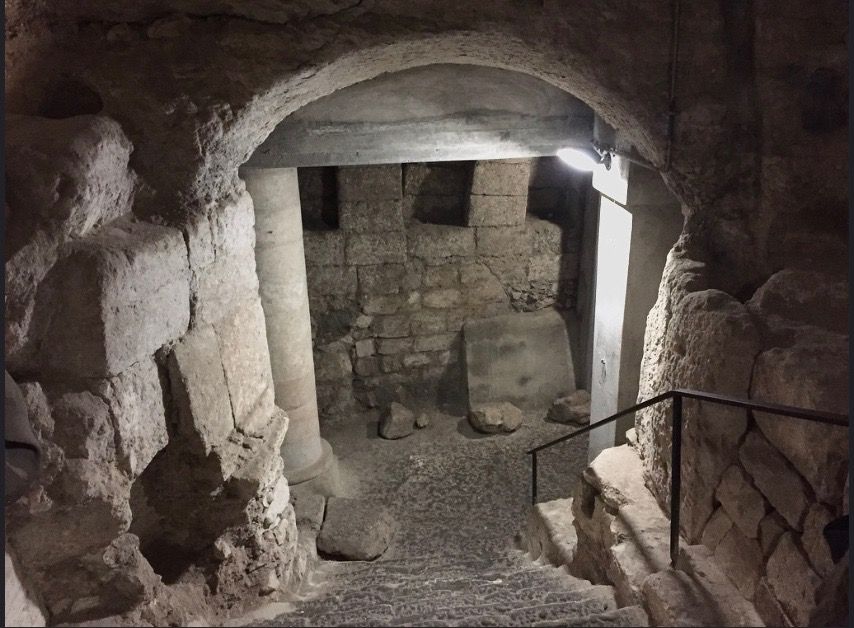
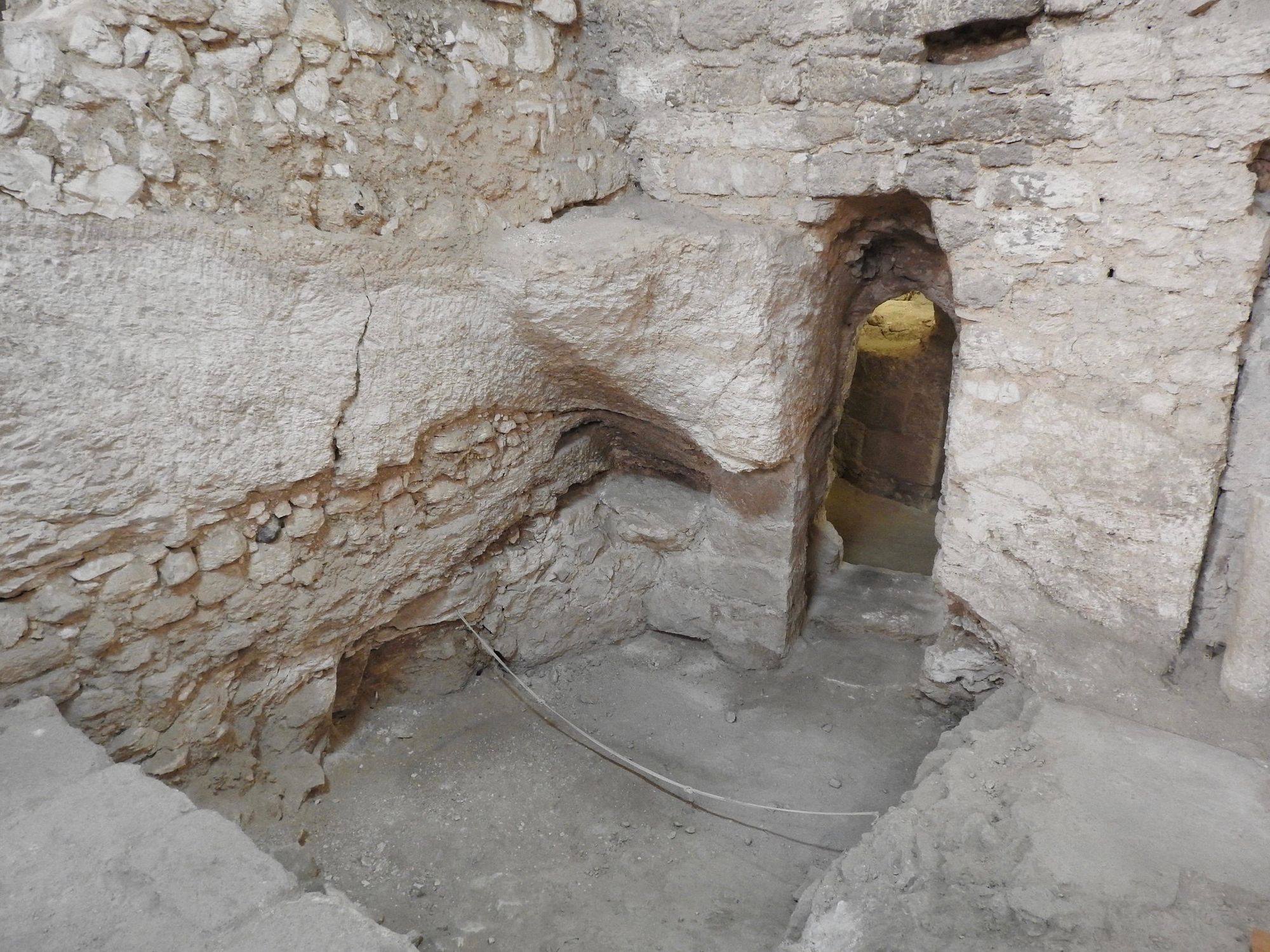
When Joseph arrived at his home, Mary told him of the angelic visitor, the offer he made to her and that she had accepted it. Scripture tells us that Joseph was very upset by her story (Matthew 1:18-19). Mary had unknowingly put the two of them and their families in a scandalous and dangerous situation. Joseph knew he only had a few options by Jewish law as to how he could legally deal with this situation. If Mary had dreamed or hallucinated the story and accepted it as real, then he would be legally allowed to send her back to her parents as mentally impaired. If she was in fact pregnant with another man’s child, Jewish law concerning an engaged virgin required her to be stoned to death on her father’s doorstep. And, since Joseph was the one wronged, he was required by law to cast the first stone. His choices left him heartbroken, upset and confused. The woman of his dreams had apparently lost her mind or betrayed him or both. Joseph immediately went to bed depressed from the news, exhausted from his journey back home from Jerusalem and dreading the decision he would need to make the following morning. The situation looked hopeless and caused Joseph to toss and turn all night (Matthew 1:20).
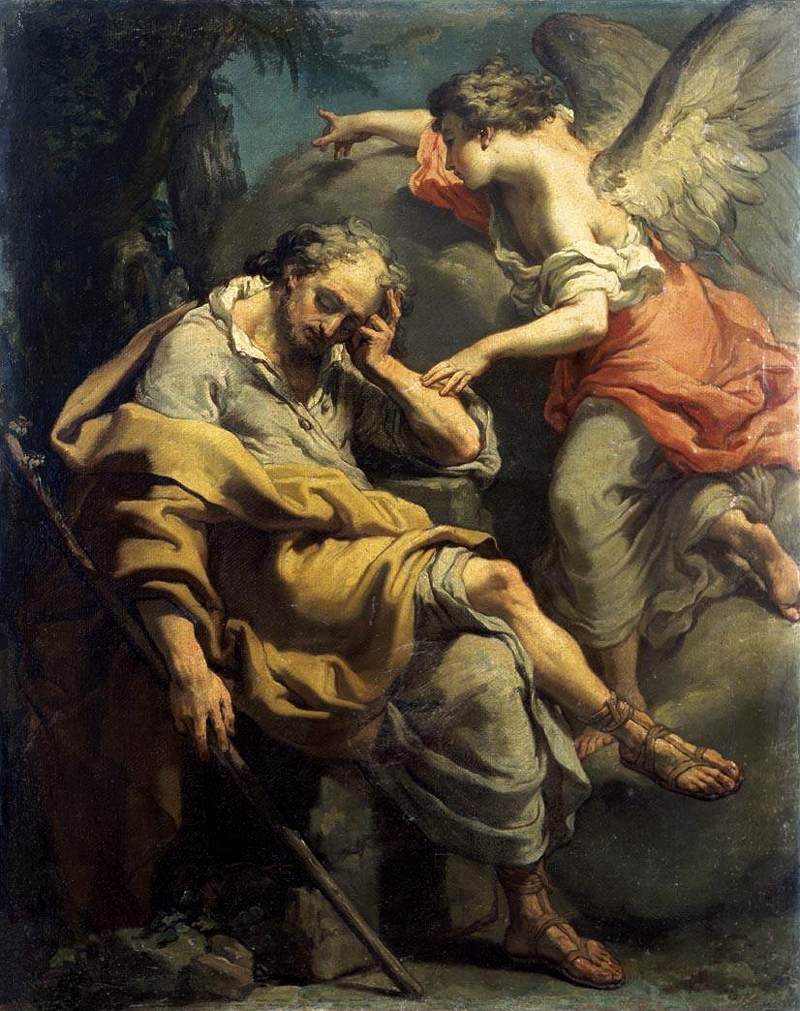
But then he had a dream in which the Angel of the Lord, either Gabriel or a preincarnation of Christ known as Christophany, spoke directly to him and gave him a clear and unambiguous command. What Mary told him was absolutely true and he was to immediately marry her (Matthew 1:24). Joseph will have a total of three dreams, is never referred to as Jesus’ father and is never quoted in the New Testament. But Joseph was deemed righteous in the Eyes of God and here is why. Whenever God told him to do something, he immediately got up and did it!
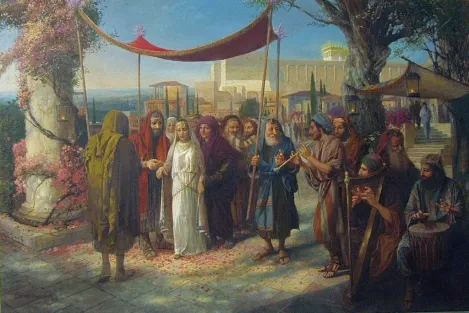
Joseph awoke relieved but also concerned. If Mary was pregnant, then the gestation clock had started ticking while they were still engaged. They would now have to cut the engagement short and get married. Scripture tells us that Joseph immediately, “… took Mary home as his wife” (Matthew 1:24). However, he did not consummate their marriage until after Jesus was born. It was only then that he started his family which included James, who became the leader of the church Jesus founded, Joses, Simon, Jude and several girls (Mark 6:3; Matthew 13:55-56; John 7:3; I Corinthians 9:5). The Greek term “brothers and sisters” in the New Testament clearly signifies biological half brothers and sisters of Jesus. However, because the Catholic Church had declared that Mary remained a perpetual virgin all her life, they had to twist these terms to mean relatives of Jesus and not siblings. But it is clear that blood related siblings is the meaning of their relationship to Jesus through His mother Mary. Please see related :"How the Ancients thought Babies Were Conceive vs How Jesus Was Conceived"
This sudden decision by Joseph to terminate the traditional engagement period and immediately wed Mary might cause suspicions to be aroused in the community. Also, family and friends could easily count the months between the marriage and birth and put the two events together. Still, this was the best solution to a dire situation. And since scripture does not tell us when the Angel visited Mary, it may very well be that he appeared in the final months or month of the engagement period. Also, no one knew at this time that God would cause the couple to leave the village of Nazareth near the end of Mary’s pregnancy and travel to Bethlehem for a Roman census. Thus, a pagan Caesar inadvertently caused the Jewish Messiah to be born in the prophesied village. So, the people of Nazareth would never know exactly when Jesus was born. However, even though they were married immediately after Joseph’s dream, a rumor apparently started about the peculiarities of the engagement period as the religious leaders in Jerusalem later challenge Jesus as to who exactly was his father (John 8:19)? In fact, to this day the Jewish Mishna a revered commentary, makes the blasphemous statement that, “Jesus was the illegitimate son of Mary.”(Mishna Yebamoth 4, 13) Some scholars have even suggested that Mary went to Jesus with a wine shortage issue during a family wedding in Cana to help remove any stigma as to who Jesus was and create the respect she deserved as his mother.
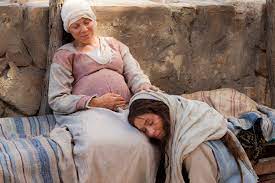
After her wedding, Mary decided to visit her relative Elizabeth to verify that she was in fact pregnant. Scripture does not state how long she waited before leaving Nazareth but it would take a week to travel to the city of Hebron. She then stayed with Elizabeth three months possibly assisting with the birth of her son John also known as John the Baptizer. She then returned home to Nazareth approximately four to five months pregnant (Luke 1:36, Luke 1:56-57).
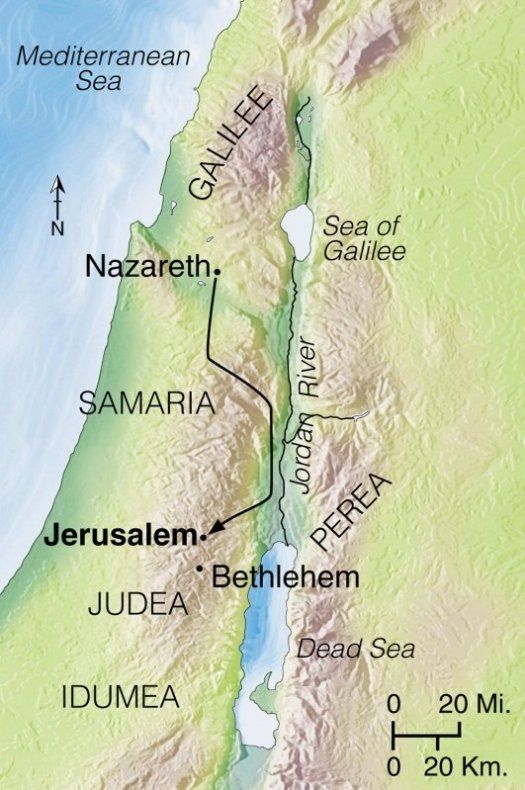
Mary was near the end of her pregnancy when a Roman census and taxation requirement was decreed. Because they both had direct bloodlines to King David and thus were legitimate claimants to the throne, they were both legally obligated to register in Joseph’s tribal hometown of Bethlehem located 70 miles southwest of Nazareth. The deadline for this registration posed a serious dilemma for a pregnant Mary, a nervous Joseph and a dangerous trip to Bethlehem. Please see related:"The Trip to Bethlehem"
If you enjoy the information provided on this site, please consider making a donation of any amount to help continue its production. Donate Now